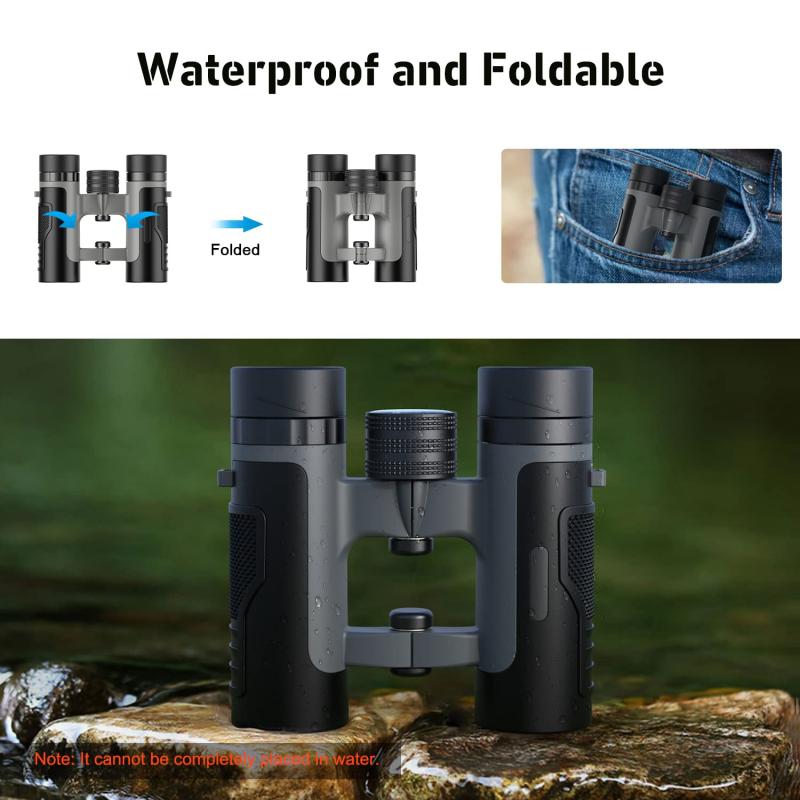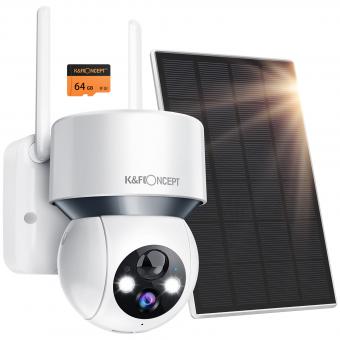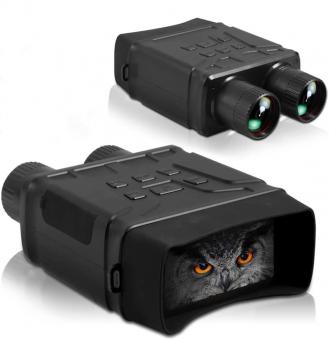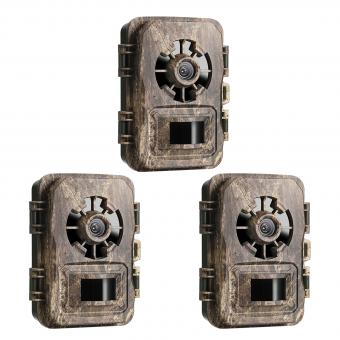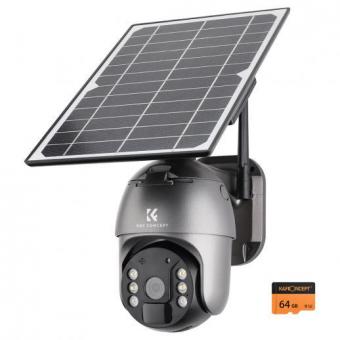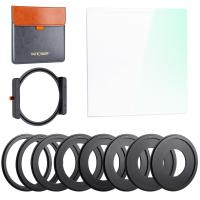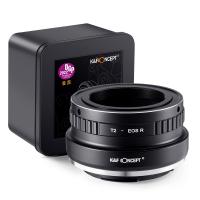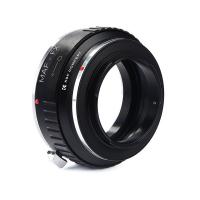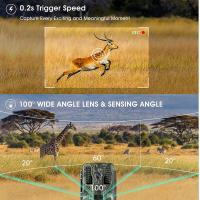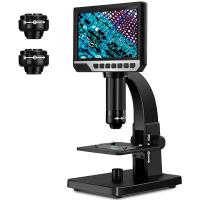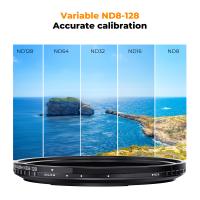How Does Night Vision Work ?
Night vision works by amplifying the available light in low-light conditions. There are two main types of night vision technology: image enhancement and thermal imaging. Image enhancement technology works by collecting the small amount of light that is available, such as moonlight or starlight, and amplifying it to create a visible image. This is done through the use of an image intensifier tube, which converts the photons of light into electrons and then amplifies them before converting them back into visible light.
Thermal imaging, on the other hand, works by detecting the heat emitted by objects and converting it into a visible image. This technology is often used by military and law enforcement agencies to detect people or objects that are hidden in the dark. Thermal imaging cameras can also be used to detect heat leaks in buildings or to monitor the temperature of machinery.
Overall, night vision technology has revolutionized the way we see and operate in low-light conditions, allowing us to see things that would otherwise be invisible to the naked eye.
1、 Photons excite electrons in photoreceptor cells.
How does night vision work? Night vision is the ability to see in low-light conditions, and it is made possible by a combination of physiological and technological factors. The human eye contains two types of photoreceptor cells: rods and cones. Rods are responsible for vision in low-light conditions, while cones are responsible for color vision in bright light. When light enters the eye, it is absorbed by the photoreceptor cells, which then send signals to the brain to create an image.
In low-light conditions, the rods in the eye become more sensitive to light. This is because the pupil dilates to allow more light to enter the eye, and the retina adjusts to increase the sensitivity of the rods. Additionally, the brain processes visual information differently in low-light conditions, enhancing the contrast and brightness of the image.
Technologically, night vision devices work by amplifying available light or by using infrared light. Infrared light is not visible to the human eye, but it can be detected by special sensors in night vision devices. These sensors convert the infrared light into an image that can be seen by the user.
Recent research has shown that some animals, such as certain species of deep-sea fish, have evolved a unique type of rod cell that is more sensitive to light than the rods found in human eyes. These cells contain a protein called parapinopsin, which allows them to detect even the faintest traces of light. This discovery could lead to the development of new technologies that enhance human night vision.
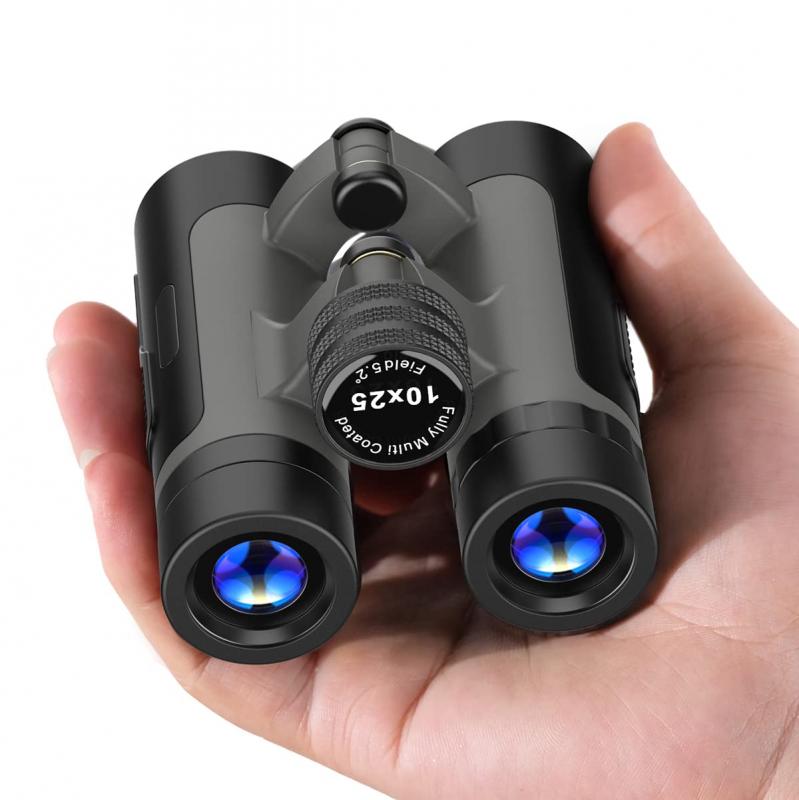
2、 Rhodopsin molecules change shape, triggering a signal.
Night vision is the ability to see in low-light conditions, and it is made possible by a complex process that occurs in the eyes. The process involves the use of specialized cells called rods, which are located in the retina of the eye. These rods contain a pigment called rhodopsin, which is responsible for detecting light in low-light conditions.
When light enters the eye, it is absorbed by the rhodopsin molecules in the rods. This absorption causes the rhodopsin molecules to change shape, triggering a signal that is sent to the brain. The brain then interprets this signal as an image, allowing us to see in low-light conditions.
Recent research has shed new light on the process of night vision. Scientists have discovered that the rods in the retina are not all the same, and that they respond differently to different levels of light. This means that the eyes are able to adjust to different levels of light, allowing us to see in a wide range of conditions.
In addition, researchers have found that the process of night vision is not limited to the rods in the retina. Other cells in the eye, such as the cones, also play a role in low-light vision. This suggests that the process of night vision is more complex than previously thought, and that there may be new ways to improve our ability to see in low-light conditions.
Overall, the process of night vision is a complex and fascinating one, and it is still being studied by scientists today. By understanding how it works, we can better appreciate the amazing abilities of the human eye, and perhaps even find new ways to enhance our vision in low-light conditions.

3、 Signal travels to the brain via the optic nerve.
How does night vision work? Night vision is the ability to see in low-light conditions, and it is made possible by a combination of physiological and neurological processes. The human eye contains two types of photoreceptor cells: rods and cones. Cones are responsible for color vision and work best in bright light, while rods are more sensitive to low levels of light and are responsible for night vision.
In low-light conditions, the pupil of the eye dilates to allow more light to enter. The rods in the retina become more active, and a chemical called rhodopsin is produced. Rhodopsin is a light-sensitive pigment that allows the rods to detect even small amounts of light. When light strikes the rhodopsin, it triggers a series of chemical reactions that generate an electrical signal. This signal is then transmitted to the brain via the optic nerve.
Recent research has shed new light on the mechanisms behind night vision. Scientists have discovered that the rods in the retina are not all the same. Instead, they are divided into two groups: one that is more sensitive to blue light and one that is more sensitive to green light. This division allows the eye to better distinguish between different shades of gray in low-light conditions.
In addition, researchers have found that the brain plays a more active role in night vision than previously thought. The brain can adjust the sensitivity of the rods in the retina based on the level of ambient light. This allows the eye to adapt to changing light conditions and maintain optimal night vision.
In conclusion, night vision is a complex process that involves both physiological and neurological mechanisms. The ability to see in low-light conditions is essential for many animals, including humans, and understanding how it works can help us develop better technologies for night vision.
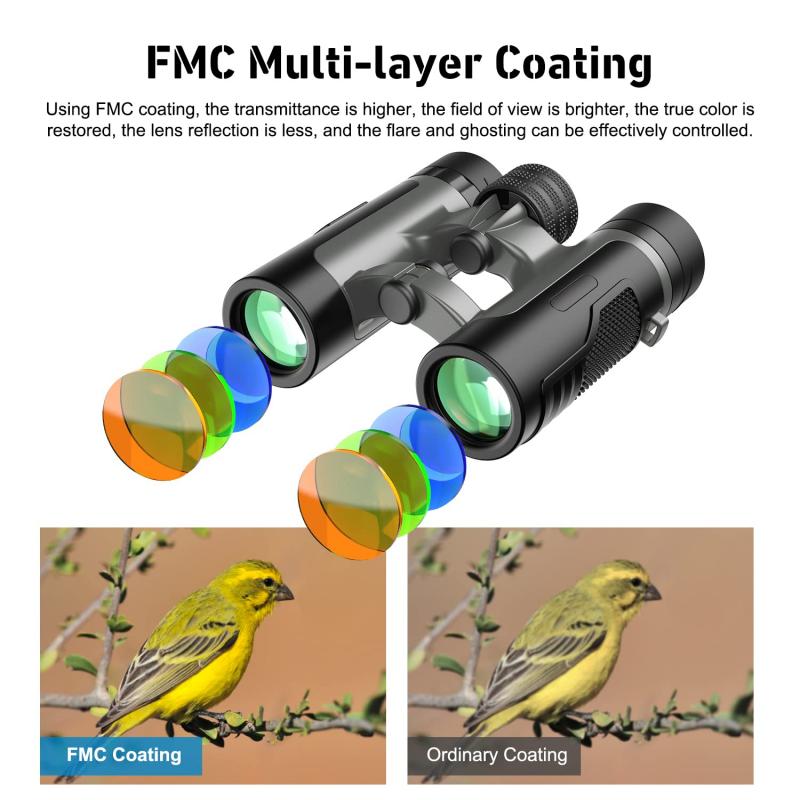
4、 Brain interprets signal as an image.
Night vision is the ability to see in low-light conditions, and it is made possible by a combination of physiological and neurological processes. The human eye contains two types of photoreceptor cells: rods and cones. Rods are responsible for vision in low-light conditions, while cones are responsible for color vision and high acuity vision in bright light.
In low-light conditions, the rods in the eye become more sensitive to light and are able to detect even small amounts of light. This process is called dark adaptation, and it takes several minutes for the eyes to fully adjust to low-light conditions. Once the rods have adapted to the low-light environment, they are able to detect photons of light that are too dim for the cones to detect.
The signal from the rods is then transmitted to the brain via the optic nerve. The brain interprets this signal as an image, which is then perceived as a grayscale image with limited detail. This is because the rods are not able to distinguish between different colors, and they have a lower spatial resolution than the cones.
Recent research has shown that the brain is able to enhance night vision by selectively amplifying the signals from the rods. This process, called neural gain control, allows the brain to increase the sensitivity of the rods and improve the quality of the image perceived in low-light conditions.
In addition to physiological and neurological processes, technology has also been developed to enhance night vision. Night vision goggles and cameras use infrared light to illuminate the environment, which is then detected by sensors and converted into an image that can be seen by the user. These devices are commonly used by military personnel, law enforcement officers, and hunters to improve their ability to see in low-light conditions.
